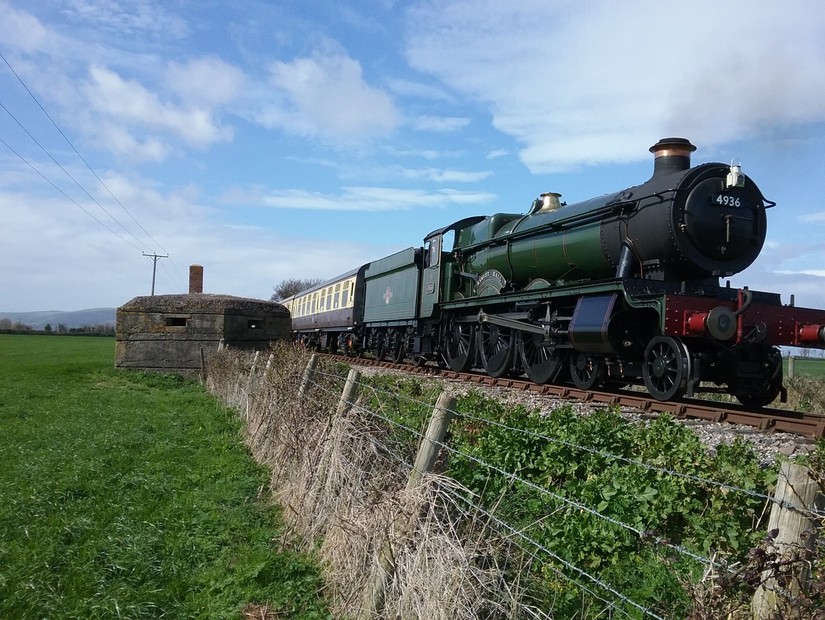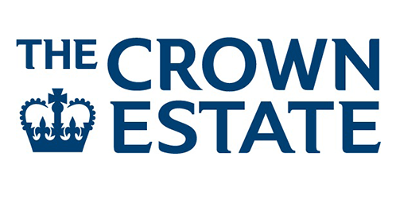Discovering the coast of Dunster, Somerset
14/04/2016 | Alex B
In November, CITiZAN was contacted by members of Dunster Museum Archaeological Group and South West Heritage regarding a chance discovery at Dunster Beach of a large assemblage of pottery protruding out of a small cliff (c. 0.6m high). He immediately went back to the village, where coincidently the Dig Village project was happening at Dunster, and sought the advice of an archaeologist who came to look and identified the over 30 sherds of pottery as a collection of Romano-British Greyware and Black Burnished ware which would not be out of place within a settlement context.
We went down for a site visit to Dunster and we even bought the CITiZAN south west dog – Aggie where we found more pottery protruding out of the cliff in the same area. We walked back along the beach and went to one of the Museum group’s beach hut where we were treated to pizza, garlic bread tea and biscuits – now that’s my kind of site visit! We had a long discussion over a cup of tea about the potential implications of finding a Roman site in an area which has limited evidence of Roman occupation!
The site itself has three possible interpretations:
· a singular pit/ditch containing Roman Pottery in isolation of any other features
· the pit or ditch surrounds a pottery industry dating to the Roman period, due to the large nature of the sherds.
· the site is part of a Roman settlement in this area.
The CITiZAN south west team drew on the kind resources of the Historic England survey staff who had spoken to us a few months back about a project to get community groups using old Magnetometery equipment. Magnetometery is an archaeological method of non invasive investigation. The top soil has a higher magnetic reading than that of the sub soil and past alterations to the soils, such as the creation of a ditch and bank, change the magnetic properties of the soil. The survey is carried out in 30m x 30m squares and the magnetometer takes a reading every 0.25m. This information is then read into a computer to produce an image of the area that has been surveyed to give us a picture of what we cannot see.
As we were using magnetometery, we had to ensure that all participants are metal free – which leads to some funny conversations with the ladies! Most of us ladies wear underwired bras, unfortunately for our support systems the metal that they contains plays havoc with the equipment. Therefore a trawl of the local shops is required to find bras with no metal fittings (more complicated than it may seem as so often they have adjustable straps as well) – even funnier for the CITIZAN staff is that we will need to try and claim this back as PPE (personal protective equipment)!
We travelled up on Tuesday 5 August, meeting on site with Andy Payne and Cara Pearce from Historic England to set up the site in preparation for the survey with our volunteers over the Wednesday – Saturday.
Arriving at our B&B we were greeted with fantastic views of Dunster Castle from our bedroom windows before we went into the village to find somewhere to eat. We stumbled across the Stags Head in Dunster – it was so good we went back every night!
On Wednesday morning it was kick off, arriving at Dunster Memorial Hall we were greeted with 12 excited members of the Dunster Museum Archaeological Group. After a morning of overloading them with information about CITiZAN and the technical side of geophysics we were ready to go to site. Over the 2 and half days,our aim was to survey the field directly behind the location of where the pottery was being exposed.


On the Thursday we divided the group, there were some doing magnetometery and resistivity and some gaining experience on working with the CITIZAN app. Slowly those of us who were ‘apping’ worked our way along Dunster Beach recording everything that we could find that was exposed at the low tide. This was no mean feat as we were on Spring tides with an 11.9m tidal range. We found everything from fish weirs to rather extravagant sewage outflow pipes.

Walking back to the main site we spotted a couple of pillboxes in the field next to the site we were surveying. Great fun was had by all when we discovered the steam train ran straight along side the pillbox –there is something enchanting about a steam train that took us all back to the Railway Children! Returning to the main site we found the survey in full swing.

On Friday we returned to site getting back into survey mode. The cliff where the pottery had been exposed is eroding at a rapid rate – as such we wanted to record the current line of the cliff so that we could monitor the rate of erosion. This was tied into the geophysics grid so that we can identify exactly where areas of erosion tie in with where the erosion will impact upon the archaeology.
We were up against it on Saturday having to redo a couple of grids due to a slightly broken magnetometer. The Historic England team ventured into a neighbouring field chasing after part of the site which extended beyond the field we had originally earmarked for investigation whilst the CITiZAN team helped the volunteers finish off the survey in the first field.

Finally, we headed back to the Dunster Museum Memorial Hall for a bit of participant debrief before finally heading back to the office.
We all had an absolutely excellent time at Dunster and we will hopefully be back in the autumn!








